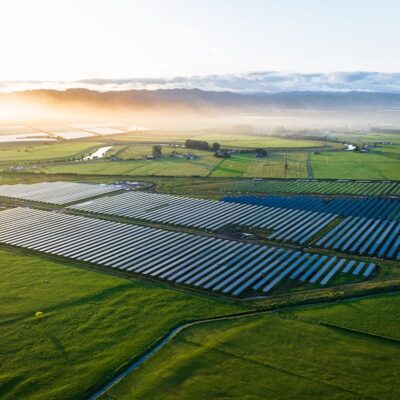Ensuring your worksite is safe this summer
Expert tips for safely managing worksites on hot days.
Some expert tips for supervisors and project managers to help them keep Kiwi worksites safe on hot days.
Summer poses a very real risk for tradies. Given most of their work takes place outdoors and projects often require high levels of physical exertion, ensuring they can operate in a safe environment is paramount. According to Metservice, extreme heat events have worsened in response to human-induced climate change, and as we find ourselves immersed in the heat of summer, NIWA’s most recent climate forecasts also reveal that we’ve only just reached the peak of the hot and dry season. The prevailing El Niño climate pattern is anticipated to persist not only throughout April but will also likely extend into the autumn season.
Working in the sun for long hours, coupled with humidity, and sometimes intense heat, can pose serious health and safety risks, including heat exhaustion and heat stroke. With a workforce approaching 300,000, Aotearoa’s building and construction industry must ensure the appropriate heat safety measures and protocols are in place to safeguard its valuable workers during the hottest months of the year.
Knowing your staff
Summer safety isn’t a ‘one size fits all’ approach, because people are as diverse and complex as the jobs they do, the projects they work on and the distinct geographies they work in. Different workers will have varied tolerances to intense heat conditions due to personal factors such as age, body, build, physical capability, and underlying health conditions which may be exacerbated by heat.
Site supervisors should be aware of the general health and wellbeing of their staff so that they can adequately plan work around their strengths and any health challenges. By ensuring that employees’ physical capabilities are considered, supervisors can reduce the risk of injury on the worksite and empower teams to work more efficiently.
On the importance of knowing your team, Rory Jackson, New Zealand Area Manager and Head of the Safety Committee at Kennards Hire says “Recognising the strengths of individual team members and using daily meetings to stay informed about their health, helps with aligning tasks to suit staff on-site. Doing this not only boosts productivity but also creates a positive work environment.
“Open communication about health concerns facilitates prompt resolution and continual adjustment of safety measures, promoting a dynamic and responsive approach to employee well-being.”
Planning ahead and getting an early start
Another important measure supervisors can implement to help minimise heat risks on site is by scheduling high activity tasks earlier in the day to avoid UV and heat exposure during peak hours. This can depend on the nature of the job; there are some sites with natural areas of shade or regular cooling wind ventilation, and others that are notorious for feeling like you’re inside a hot box.
For example, if your team will be working on bitumen which, while being known for its adhesiveness and resistance to damage, conducts heat and raises the temperature of that environment over and above other surfaces, it’s important to ensure that you’re working at a time where that heat remains at a safe level. A similar environment would be working on a roof that holds no shade from the sun and regularly reaches unsafe temperatures during summer.
“Convenient drop-off options such as these make it easier to beat the heat by giving work sites the flexibility to plan their schedules around peak temperatures, ensuring safer working conditions during cooler parts of the day, and returning equipment ahead of schedule, if need be,” says Rory, who has over two decades’ experience providing hands-on customer support when it comes to supporting safety measures in the equipment hire industry.
Cooling off with the right equipment
Staying hydrated isn’t the only thing to prevent heat exhaustion; it’s primarily about cooling the core of a person’s body. Providing various locations with shade and water fill stations goes a long way in providing essential hydration and relief from the heat. But investing in the right equipment that can help workers cool off even further, makes all the difference.
Job sites that have a temporary office can make use of air conditioners and fans that employees can use during breaks or when they feel themselves heating up. Portable fridges can provide access to cool water and other forms of hydration, such as ice blocks, for workers to access whenever they need to hydrate. Portable generators are also available to support air conditioners and are widely accessible to hire at rental companies.
Staying vigilant
In their efforts to keep staff safe this summer, site supervisors should be flexible in regard to any changes to the environment and weather conditions. By keeping a close eye on their workers, checking in on them, as well as ensuring that regular breaks are taken, supervisors can ensure they are staying hydrated and cool throughout the day.
When it comes to effectively managing the effects of heat, Rory says, “It is all about providing the right equipment and PPE for the weather conditions, adjusting site work schedules (where possible) and checking in on your team to ensure they are getting access to appropriate breaks and hydration options.”
As New Zealand’s building and construction industry continues to develop, it is imperative that holistic safety initiatives that prioritise the welfare and job satisfaction of each individual worker are implemented. Successfully executing such practical and proactive measures can play a pivotal role in minimising the risk of heat-related injuries on construction sites throughout the country and safeguarding the wellbeing of the industry’s vital workforce.






